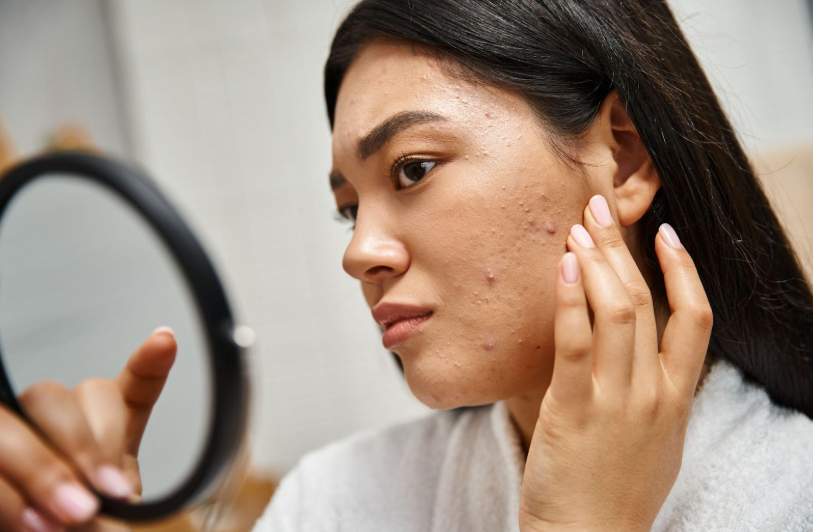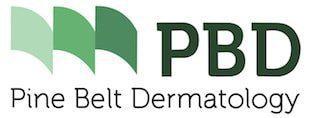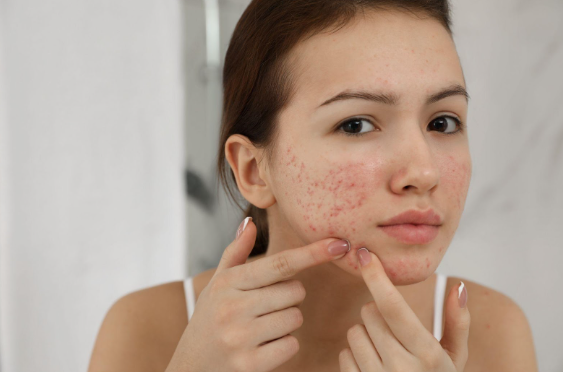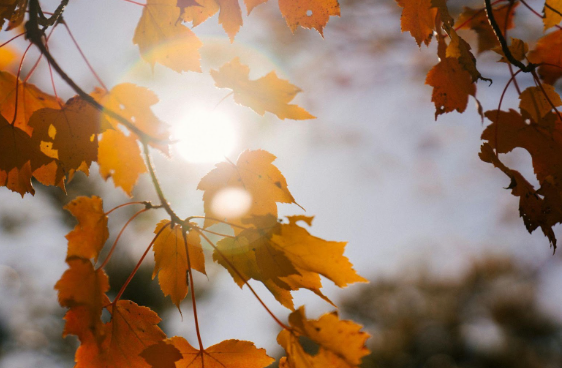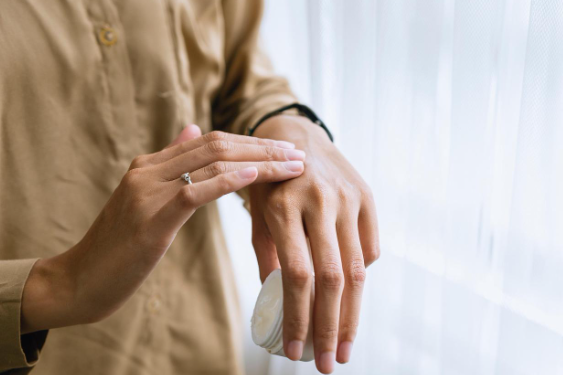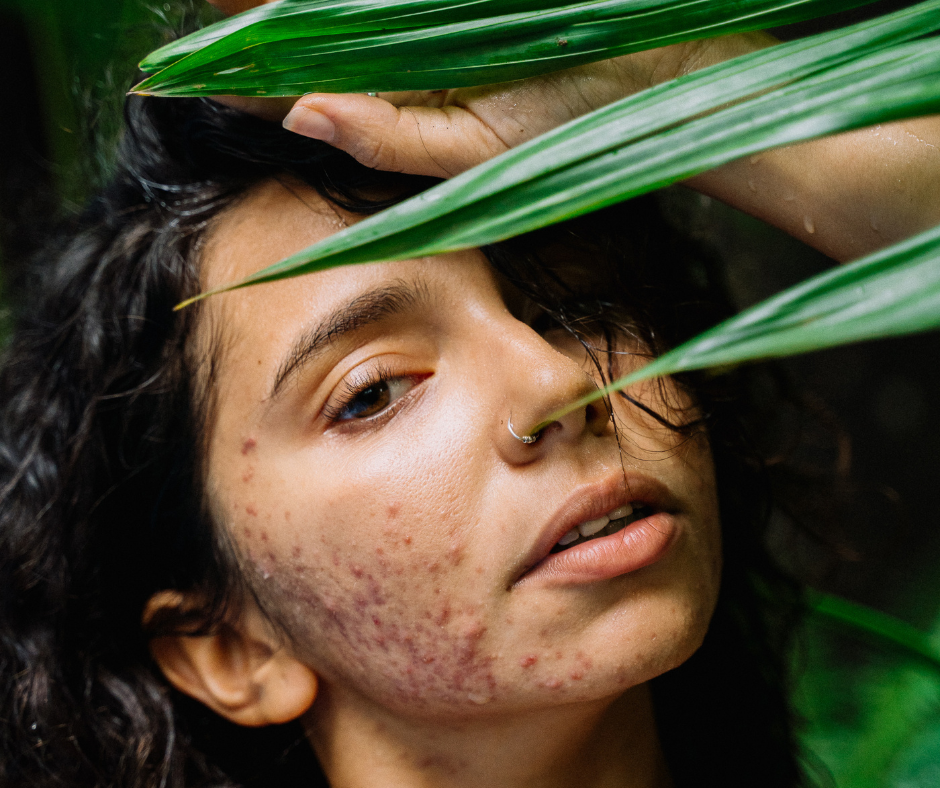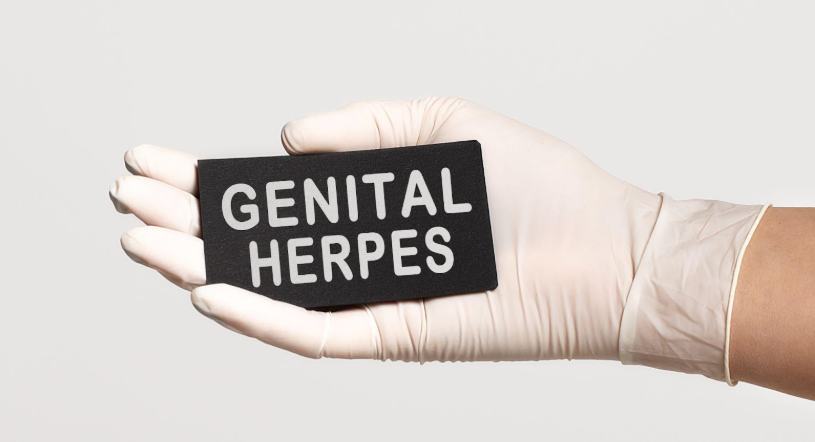Do you know what the disease is? Maybe you have heard of it before, maybe not, but it is a viral disease that comes from chickenpox. Anyone who has had chickenpox can get shingles. After the chickenpox clears, the virus stays inside the body. If the virus reactivates (wakes up), the result is shingles — a painful, blistering rash. The risk of getting shingles increases with age. Shingles appears when the virus wakes up. It is not clear what reactivates or "wakes up" the virus. A short-term weakness in immunity may cause this. A vaccine can reduce your risk of getting shingles. Typically, when recommended, the doctor will encourage you to get your vaccine after your 50th birthday and no later than your 60th birthday. If you’ve had chickenpox, you can still get shingles after getting shingles vaccine. The vaccine also lessens your risk of developing serious complications from shingles, such as life-disrupting nerve pain. The nerve pain can last long after the shingles rash goes away. Some people have this nerve pain, called post-herpetic neuralgia (PHN), for many years. The pain can be so bad that it interferes with your everyday life. The shingles vaccine reduces your risk of developing this nerve pain, even more than it reduces your risk of getting shingles. This is not a disease that you want to brush off. The shingles rash can be very painful and widespread, and it is contagious, however, less contagious than chickenpox.
Shingles Symptoms:
Shingles, as stated above, is a disease from the same virus that causes chickenpox. The difference is that shingles tends to cause more pain and less itching than chickenpox. Its important to know the common signs and symptoms of the disease. They are below:
- Warning sign: an area of the skin may burn, itch, tingle, or become very sensitive. This usually occurs in a small area on one side of the body. These symptoms can come and go or be constant. In most cases you will feel this for a few days (1-3) but can sometimes last longer.
- Rash: A rash will then appear in the same area.
- Blisters: the rash will soon turn into a group of clear blisters. The blisters turn yellow or blood before they eventually crust over, scab, and then heal. The blisters will tend to last 2 to 3 weeks.
- Pain: It is uncommon to have the shingles blisters without experiencing pain. Once the blisters heal, the pain may lessen. However, the pain can last for months after the blisters clear.
- Flu-like symptoms: a fever or headache can accompany the shingles rash.
Who Is At Risk?
A person must have had chickenpox to get shingles. Some people who have had chickenpox have a higher risk of getting shingles. You have a higher risk if you:
- Are 50 years of age or older
- Have an illness or injury
- Are under great stress
- Have a weakened immune system
Some illnesses and medical treatments can weaken a person's immune system and increase the risk. These include:
- Cancer
- HIV/AIDS
- Some cancer treatments, such as chemotherapy or radiation
- Medicine taken to prevent rejection of a transplanted organ
- Cortisone when taken for a long time
When you have shingles, you're only contagious while you have blisters. Catching this virus and getting chickenpox can be dangerous for women who are pregnant and have not had chickenpox or gotten the chickenpox vaccine. In this situation, the virus can harm the woman’s unborn baby.
Babies less than 1 month old and people who have a weak immune system can also have complications if they catch the virus. People who have a weak immune system include those who are:
- HIV positive
- Taking medicine that weakens their immune system
- Receiving chemotherapy or radiation treatments
You’re not contagious before you develop blisters or after the blisters scab over. Be sure to take precautions while you have blisters.
To prevent spreading the virus while you have blisters, the Centers for Disease Control and Prevention (CDC) recommends that you:
- Cover the rash
- Wash your hands often and try to avoid touching the rash
- Avoid being around people for whom catching the virus could be dangerous
Why see a dermatologist for shingles? Without treatment, the rash clears in a few weeks. However, Pine Belt Dermatology strongly recommends treatment. Without it, many people get pain, numbness, itching, and tingling that can last for months — or years. Possible treatments include:
- Anti-viral medicine:
This medicine may be prescribed when a doctor diagnoses shingles within 72 hours of the rash first appearing. The earlier anti-viral treatment is started, the better it works. Anti-viral medicines include famciclovir, valacyclovir, and acyclovir. These can lessen the pain and the amount of time the pain lasts.
- Nerve blocks:
Given for intense pain, these injections (shots) contain a numbing anesthetic and sometimes a corticosteroid.
- Corticosteroids:
To lower swelling and pain, some patients may get corticosteroid pills with their anti-viral medicine. This treatment is not common because it can make the rash spread.
Treatments for pain after the rash clears:
Certain anti-depressants, pain relievers, anesthetic creams and patches, and anti-seizure medicines can help.
There are some complications that can be caused by the disease. Symptoms of shingles usually don’t last longer than 3 to 5 weeks. However, complications can happen. The main complications that can result from shingles include:
- Postherpetic neuralgia (PHN).
The most common complication of shingles is called postherpetic neuralgia (PHN). This continuous, chronic pain lasts even after the skin lesions have healed. The pain may be severe in the area where the blisters were present. The affected skin may be very sensitive to heat and cold. If you had severe pain during the active rash or have impaired senses, you are at increased risk for PHN. The elderly are also at greater risk. Early treatment of shingles may prevent PHN. Pain relievers and steroid treatment may be used to treat the pain and inflammation. Other treatments include antiviral drugs, antidepressants, anticonvulsants, and topical agents.
- Bacterial infection.
A bacterial infection of the skin where the rash happens is another complication. Rarely, infections can lead to more problems, such as tissue death and scarring. When an infection happens near or on the eyes, a corneal infection can happen. This can lead to temporary or permanent blindness.
To get the most optimal treatment and care for shingles it is important to seek out help as soon as you realize you have the disease. Pine Belt Dermatology is here to help and we are in five different locations so we are very easy to access.

